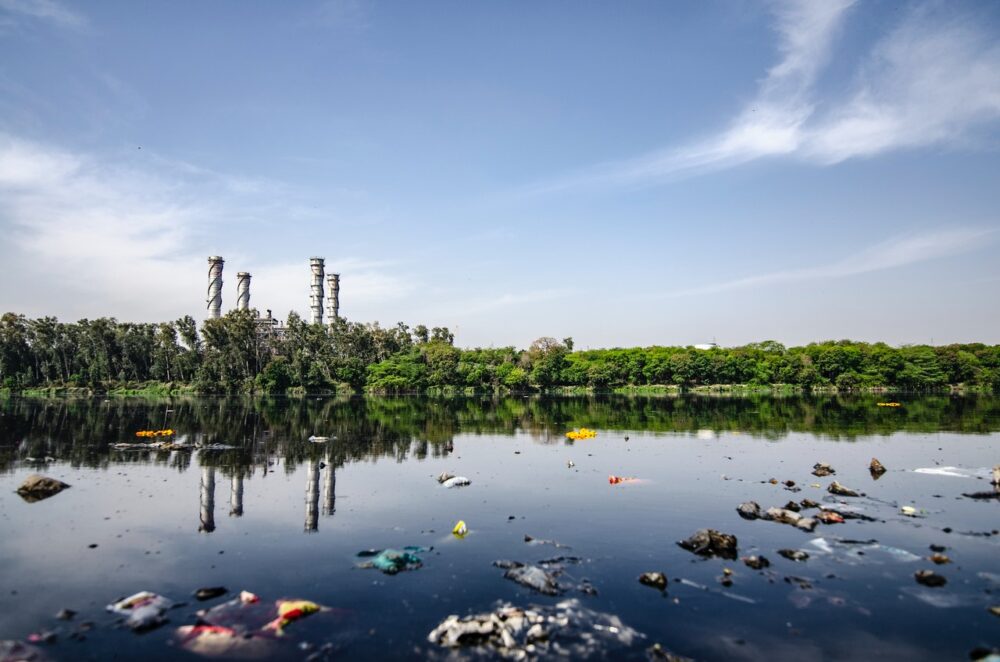Water pollution is a condition in which a decrease in water quality is caused by harmful substances such as chemicals or microorganisms.
In some cases of severe water pollution, this condition can cause water to be toxic and dangerous to humans and the environment.
This pollution can occur in water areas such as rivers, lakes, seas, aquifers, or other water areas.
Buffer water is polluted due to the main characteristic of water which is easy to dissolve materials. It also makes harmful chemicals dissolve in the water and cause pollution.
Water can be said to be polluted by looking at indicators such as:
- Physical parameters,
parameters related to the observed physical conditions of the waters, including color a, smell, temperature, taste, and turbidity
- Chemical parameters,
parameters relating to the chemical conditions contained in these waters. These parameters include the pH, organic substances, and the amount of heavy metals in water.
- Bacteriological Parameters ,
These parameters can include the number of coliform, puristic, and pathogenic bacteria in water.
Types of Water Pollution
Water pollution can be classified into 4 types of pollution. Here are the types:
1. Contamination of microorganisms
Microorganism contamination is caused by microorganisms in water areas.
Microorganisms such as phytoplankton or zooplankton can cause pollution if there are too many of them to reduce water quality.
Pollution can be marked by the color of cloudy water, due to lack of oxygen content in it.
2. Inorganic contamination of plant nutrients
The cause of inorganic pollution of plant nutrients is closely related to the use of inorganic fertilizers and pesticides on plants.
Chemicals such as phosphate, or nitrogen can contaminate and contaminate waters. This of course will endanger the survival of living things around these waters, including humans.
3. Contamination by inorganic chemicals
Similar to inorganic pollution of plant nutrients, this pollution is also caused by the use of inorganic chemicals used by humans.
This pollution is usually caused by the use of high levels of salts, acids and toxic metals such as lead, cadmium, mercury.
4. Contamination by organic chemicals
This pollution is caused by organic chemicals that are often used by humans daily, such as plastics, oils, cleaning fluids, detergents and so on.
In the use of a small scale, maybe the impact of using these materials will not be felt directly, but over time the effect can cause damage to the ecosystem around the stream.
One of them is the death of animals or plants due to damage to water quality.
Its Impact on Life
Pollution in water areas can cause many problems in human life. This is due to water pollution.
- Water pollution can trigger landslides, erosion and flooding.
- Disruption of environmental balance
- The occurrence of damage to aquatic ecosystems, which has an impact on the death of water biota
- The emergence of disease in dirty water areas
- Reduced supply of clean water sources
How to prevent pollution
We can prevent water pollution by doing the following things
- Do not throw household products such as cleaners, beauty products, medicines, car fluids, paints, and lawn care products in drains.
- Avoid and reduce the use of pesticides on plants
- Reduce consumption of plastics and single-use materials, use materials that are more environmentally friendly
That is the discussion of the article on pollution in the waters, let’s continue to take care and love our environment. Hopefully useful.
